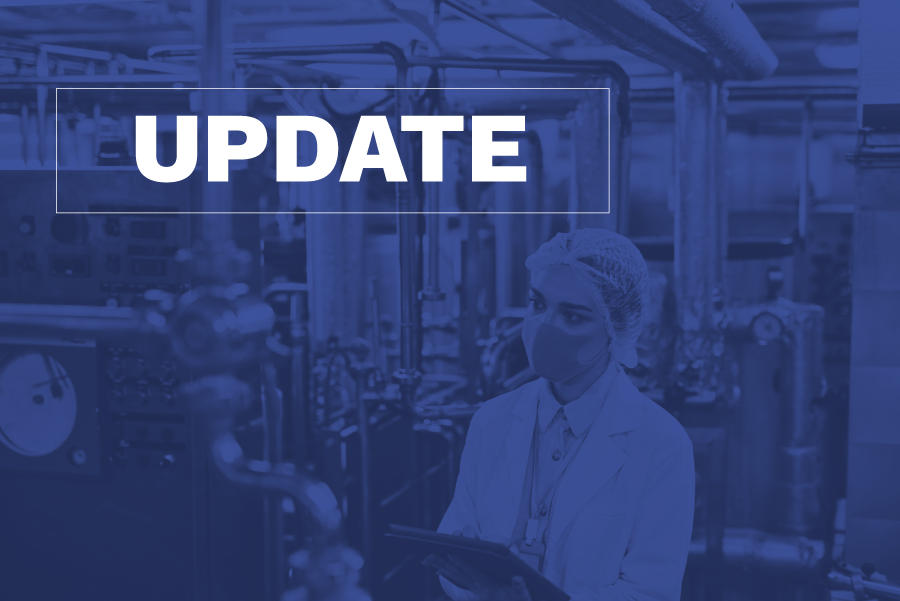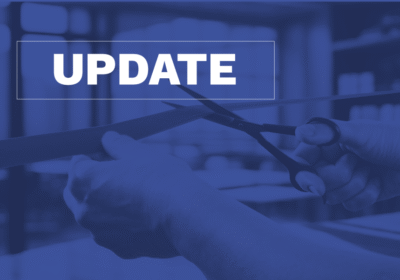Adhering to good manufacturing practices (GMP) is a cornerstone of regulatory compliance for companies in the natural health product (NHP) industry. In Canada, GMP requirements are outlined in Health Canada’s Good manufacturing practices guide for natural health products (GUI-0158), which supports Part 3 of the Natural Health Products Regulations. The guide sets the quality, safety, and operational standards that NHP site licence holders and applicants must meet to manufacture, package, label, or import NHPs for sale in Canada.
On September 4, 2025, Health Canada published Version 4.0 of the guide, marking its most comprehensive update to date. Developed following a 60-day public consultation, the revised version modernizes the structure, language, and expectations to better reflect current industry practices. It will come into force on March 4, 2026, after a six-month transition period, at which point Version 3 will be retired.
Background on GMPs
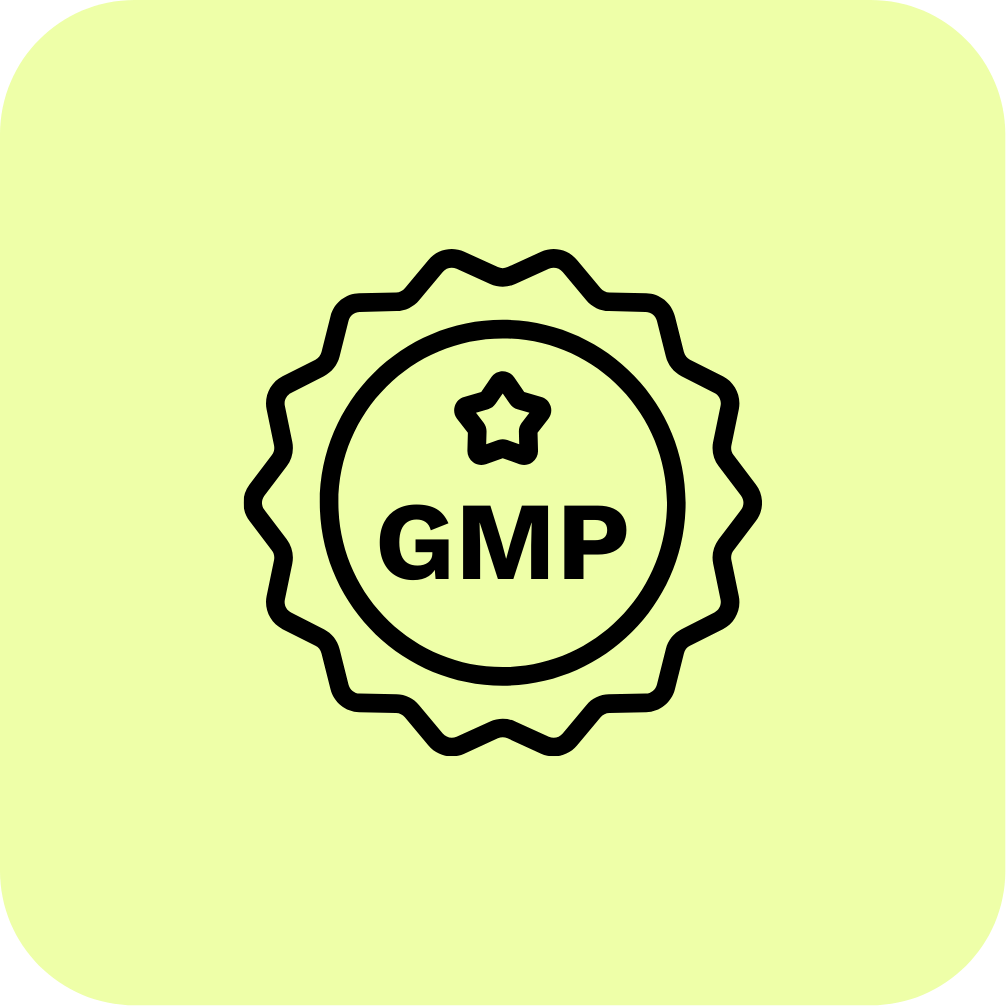
Good manufacturing practices are the foundation of quality assurance for NHPs. They are a set of principles, procedures, and controls designed to ensure that products are consistently manufactured, packaged, labelled, imported, distributed, stored, and tested to meet the quality standards expected by regulators and consumers.
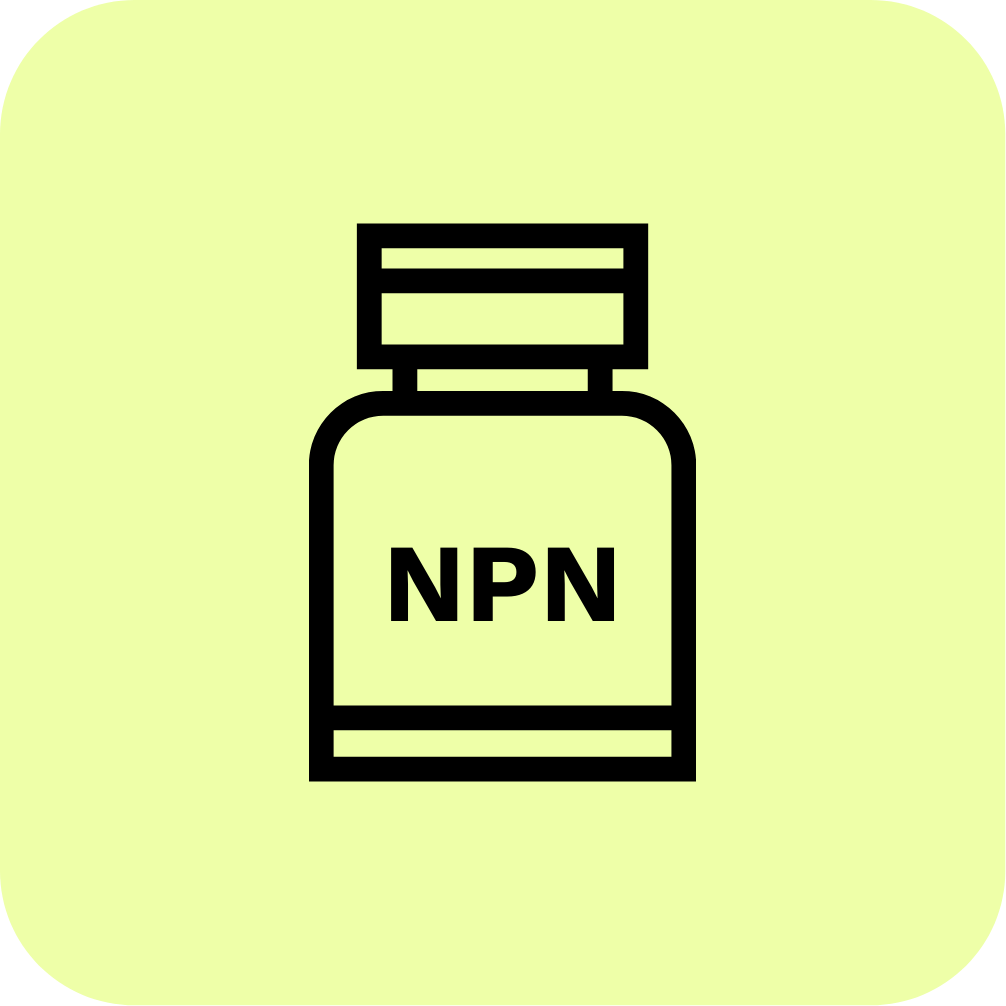
Any company that manufactures, packages, labels, or imports NHPs for sale must hold a valid site licence. While activities such as storage, distribution, and testing are not licensable on their own, entities performing them must still comply with the applicable GMP requirements. Storage during transportation is also considered part of GMP, and retail establishments are exempt from certain storage requirements unless they manufacture or import NHPs.
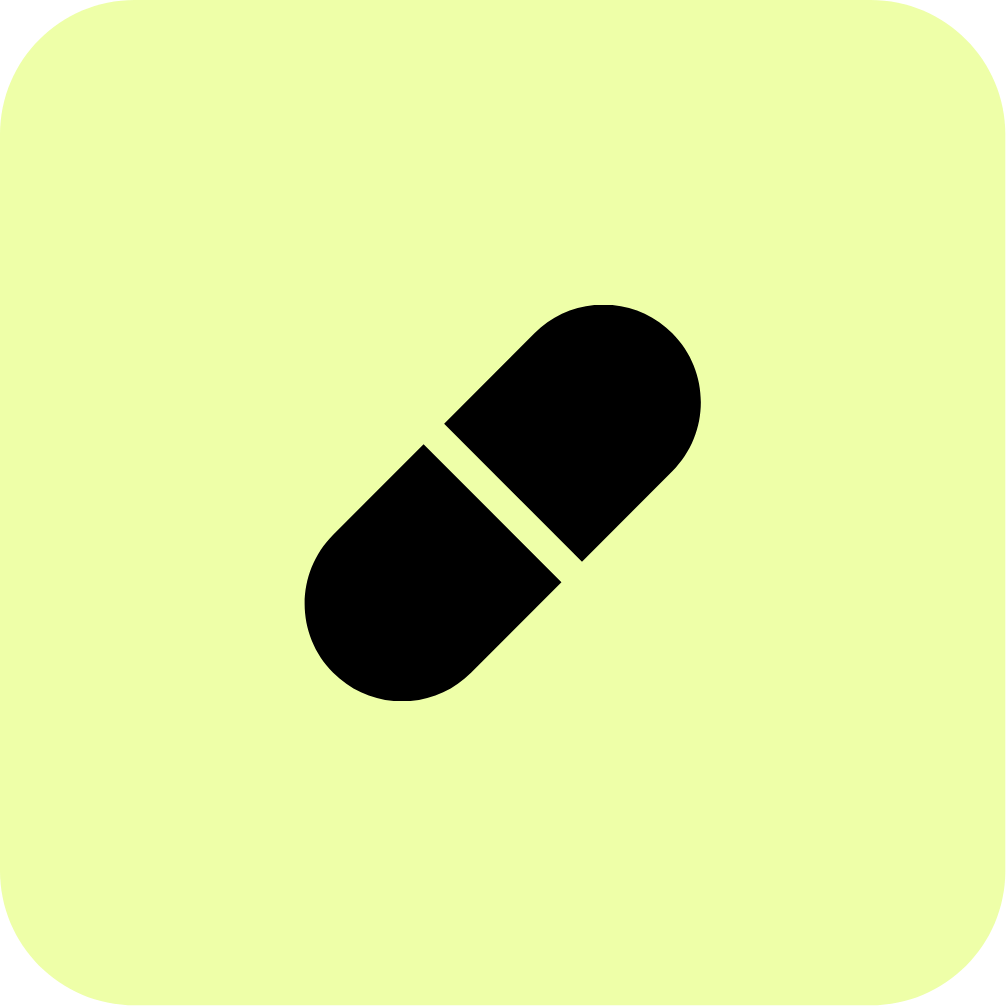
GMP requirements cover every stage of production and quality control, including clean and sanitary facilities, trained and qualified personnel, written procedures (SOPs), traceable production and testing records, and robust systems for complaints, recalls, and CAPA. Meeting these requirements ensures that NHPs are safe, pure, and effective, and it safeguards consumer confidence.
What Changed in Version 4 of the GMP
Health Canada reorganized the guide to follow the order of the Regulations, added notes and tips, aligned content with the Quality of natural health products guide, updated risk classifications, and expanded guidance on topics such as CAPA, quality agreements, stability, recalls and mock recalls, cleaning and sanitizing, electronic records and signatures, roles of senior management and QAPs, deviations and OOS, and more.
Transition period: September 4, 2025, to March 4, 2026. Stakeholders are encouraged to adopt Version 4 during this window.
Structural and Formatting Enhancements
What changed:
- The guide has been reorganized to follow the order of the Natural Health Products Regulations, making it easier to map GMP expectations directly to the regulations.
- Language has been rewritten for clarity, with plain wording, user-friendly structure, and accessible formatting.
- Notes, examples, and practical tips are embedded throughout to support implementation.
- The risk classification section has been updated to better align severity levels with expected compliance responses.
What this means for industry:
- Companies can now map their SOPs, master production documents, and batch records directly to regulatory sections.
- Risk classification can be used to prioritize deviations, CAPA, and inspection readiness based on potential product and patient impact.
Integration of a Formal Quality Management System (QMS)
What changed:
- Version 4.0 introduces clear expectations that every site must have a documented, implemented, and maintained quality management system.
- Senior or executive management must be actively involved and have clearly defined responsibilities and decision-making authority within this system.
- The guide introduces quality risk management principles as part of the QMS framework (with ICH Q9 Quality Risk Management cited as a reference tool).
New requirements:
- Companies must have a defined QMS structure describing responsibilities, decision-making authority, and escalation processes.
- Risk assessments must be performed and documented proportionate to risk level, and outcomes must be fed back into continuous improvement efforts.
- Supplier evaluation, qualification, and ongoing performance monitoring must be formally built into the QMS.
Quality Agreements and Outsourced Activities
What changed:
- The updated guide includes detailed requirements for written quality agreements when contracting out GMP activities such as manufacturing, packaging, labelling, testing, or storage.
- Responsibilities must be clearly defined, and oversight by the contracting party must be demonstrable.
New requirements:
- Written quality agreements are mandatory for all outsourced GMP functions.
- Agreements must assign responsibilities for recordkeeping, deviations, change control, complaint investigations, and recalls.
- Contract-giver must have documented processes to qualify, monitor, and periodically audit contractors.
Expanded Expectations for Documentation and Records
What changed:
- The guide provides clearer expectations for batch records, master production documents, certificates of manufacture, and translating GMP records.
- There is greater emphasis on maintaining contemporaneous, traceable, and legible documentation.
New requirements:
- Companies must document who performed, checked, and approved each step in production and quality control.
- Translations of GMP records (if applicable) must be accurate, traceable, and controlled.
- Records must be kept for at least one year past expiry (or other prescribed timelines) and be readily retrievable for inspection.
Equipment, Facilities, and Water Systems
What changed:
- More prescriptive guidance on the design, suitability, qualification, cleaning, and maintenance of equipment.
- Specific expectations added for water supply and distribution systems.
New requirements:
- Written programs must cover installation qualification (IQ), operational qualification (OQ), and maintenance of critical equipment.
- Water systems must be validated and routinely monitored to ensure they consistently produce water of appropriate quality.
Stability Programs and Expiry Dating
What changed:
- Expanded guidance on designing and implementing stability programs to justify shelf life and storage conditions.
New requirements:
- Stability protocols must specify test parameters, time points, and acceptance criteria.
- Ongoing stability monitoring must be in place for commercial products to verify that quality is maintained throughout shelf life.
- Expiry dates must be supported by scientifically sound data.
Enhanced Expectations for CAPA, Deviations, and OOS
What changed:
- More detailed requirements for deviation investigations, out-of-specification (OOS) results, and corrective and preventive actions (CAPA).
New requirements:
- Companies must have SOPs describing how to investigate, document, and trend deviations and OOS results.
- CAPA effectiveness must be verified and documented.
- Deviations must be risk assessed to determine product impact and regulatory reporting requirements.
Recall Systems and Mock Recalls
What changed:
- More prescriptive guidance on recall system design and conducting mock recalls.
New requirements:
- Every site must maintain a written, tested recall procedure.
- Mock recalls must be conducted periodically to confirm systems are effective and records are complete.
- Recall records must demonstrate timely retrieval of affected batches.
Electronic Records, Signatures, and Data Integrity
What changed:
- New guidance on electronic data and signatures, with explicit expectations around data integrity.
New requirements:
- Electronic systems must be validated or qualified, with audit trails, access controls, and backup processes in place.
- Data must be attributable, legible, contemporaneous, original, and accurate (ALCOA principles).
- Electronic signatures must be uniquely assigned, secure, and traceable to the individual who signed.
Updated Expectations for Importers and Foreign Sites
What changed:
- Clarified obligations for importers to oversee foreign sites and verify they comply with Canadian GMP requirements.
New requirements:
- Importers must hold current and complete GMP evidence for all foreign sites.
- Acceptable evidence includes audit reports, certificates from qualified authorities, and quality agreements.
- Foreign Site Reference Number (FSRN) may be used to streamline evidence submissions but does not replace this responsibility.
Why These GMP Changes Matter

Collectively, these updates shift Health Canada’s expectations from a procedural approach to a full quality systems approach. NHP companies must now demonstrate that they have structured quality systems, risk-based decision making, robust supplier oversight, and well-documented, validated processes.
Early preparation is essential to avoid non-compliance during inspections, site licence renewals, or foreign site evidence reviews once Version 4.0 comes into force on March 4, 2026.
Transition Actions for Industry

To prepare for the March 4, 2026 enforcement date, NHP site licence holders, applicants, and their contract partners should begin proactively aligning their quality systems with the revised expectations in Good manufacturing practices guide for natural health products (GUI-0158) Version 4.0 from Health Canada. Early implementation will reduce the risk of inspection findings, site licence delays, and operational disruptions.
Phase 1: Assess Current Systems Against Version 4.0

Conduct a formal gap assessment: Review existing SOPs, master production documents, batch records, QA release processes, training records, and GMP evidence against the new requirements introduced in Version 4.0.

Map GMP obligations to business activities: Use the updated GUI-0158 table that aligns GMP sections to activities (manufacturing, packaging, labelling, importing, distributing, storing, testing) to confirm which requirements apply to your operations.
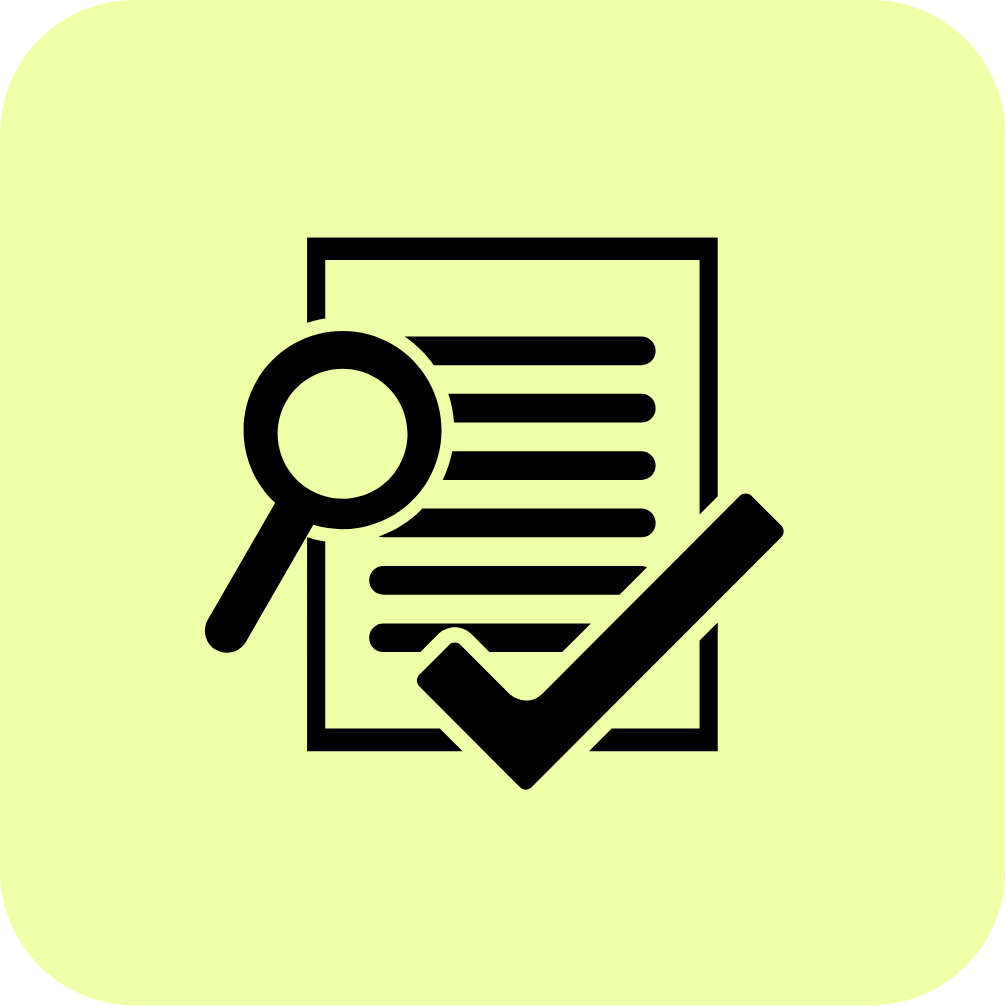
Evaluate QMS maturity and governance: Assess whether your quality management system is formally defined, documented, and includes active oversight from senior or executive management.

Identify gaps in risk management and supplier oversight: Determine whether your organization has formal risk assessment procedures, supplier qualification programs, and written quality agreements with all contractors.
Phase 2 : Implement New or Updated Controls
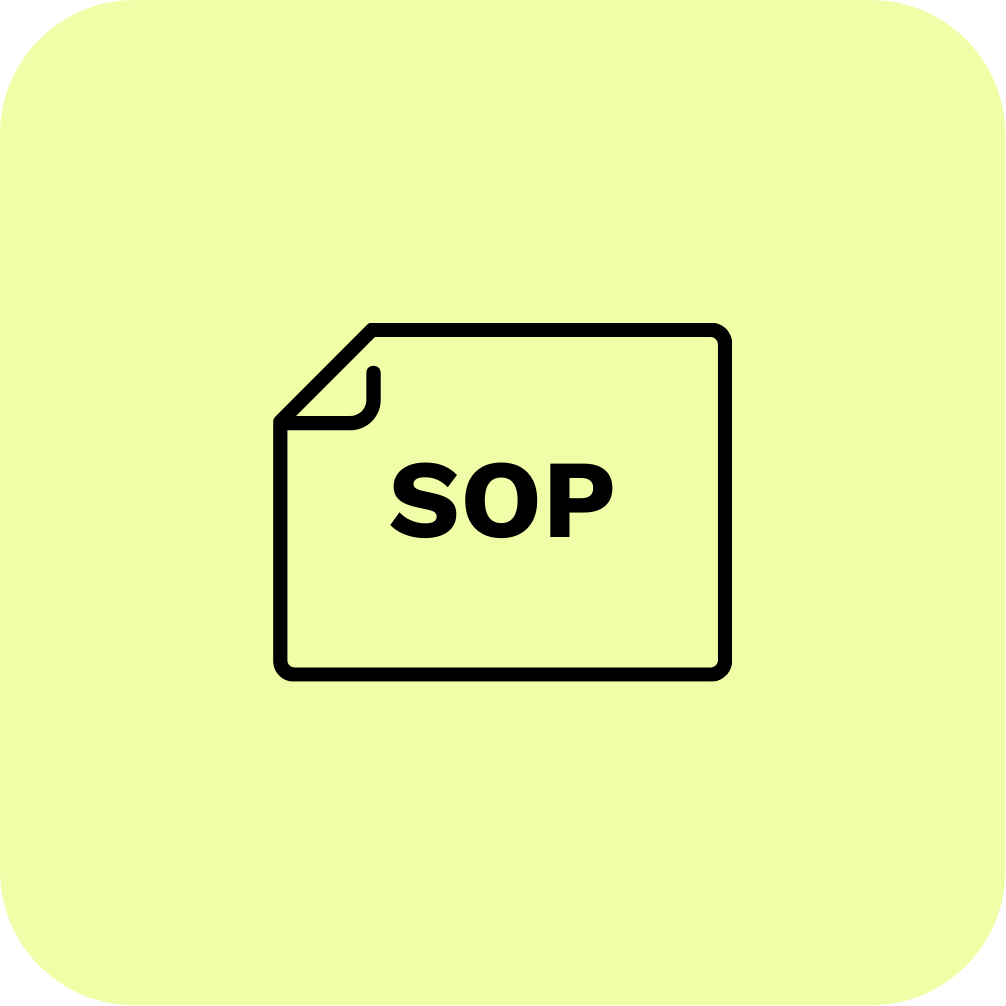
Update or create SOPs: Draft or revise SOPs to cover newly emphasized areas such as CAPA, deviation and OOS handling, stability programs, recall systems and mock recalls, data integrity, and use of electronic records and signatures.

Strengthen documentation practices: Ensure batch records, production documents, certificates of manufacture, and translated records meet new requirements for traceability, accuracy, and retention.
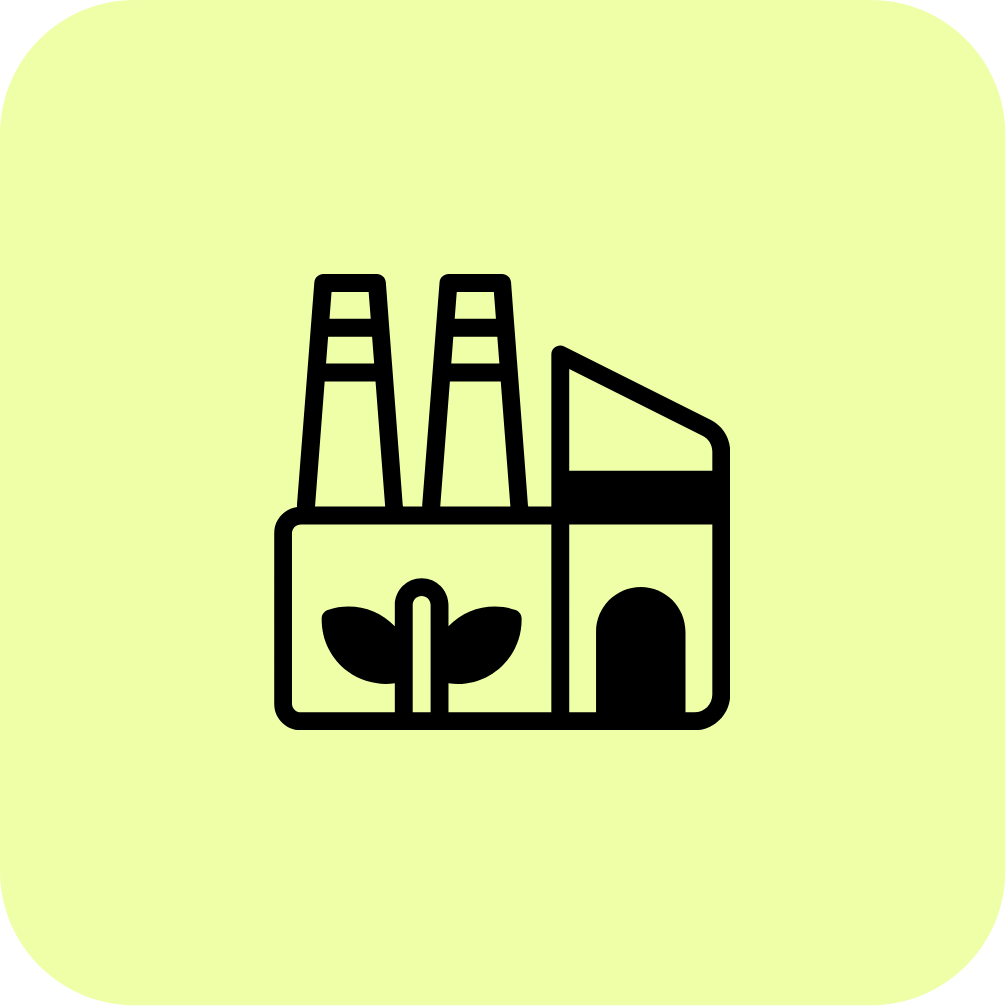
Validate or qualify systems and equipment: Confirm that computerized systems managing GMP data are validated or qualified with audit trails, access controls, and backup systems. Qualify critical equipment (IQ/OQ) and validate cleaning procedures and water systems.

Implement risk-based supplier oversight: Put written quality agreements in place, perform supplier risk assessments, and schedule periodic audits of contractors handling GMP activities.
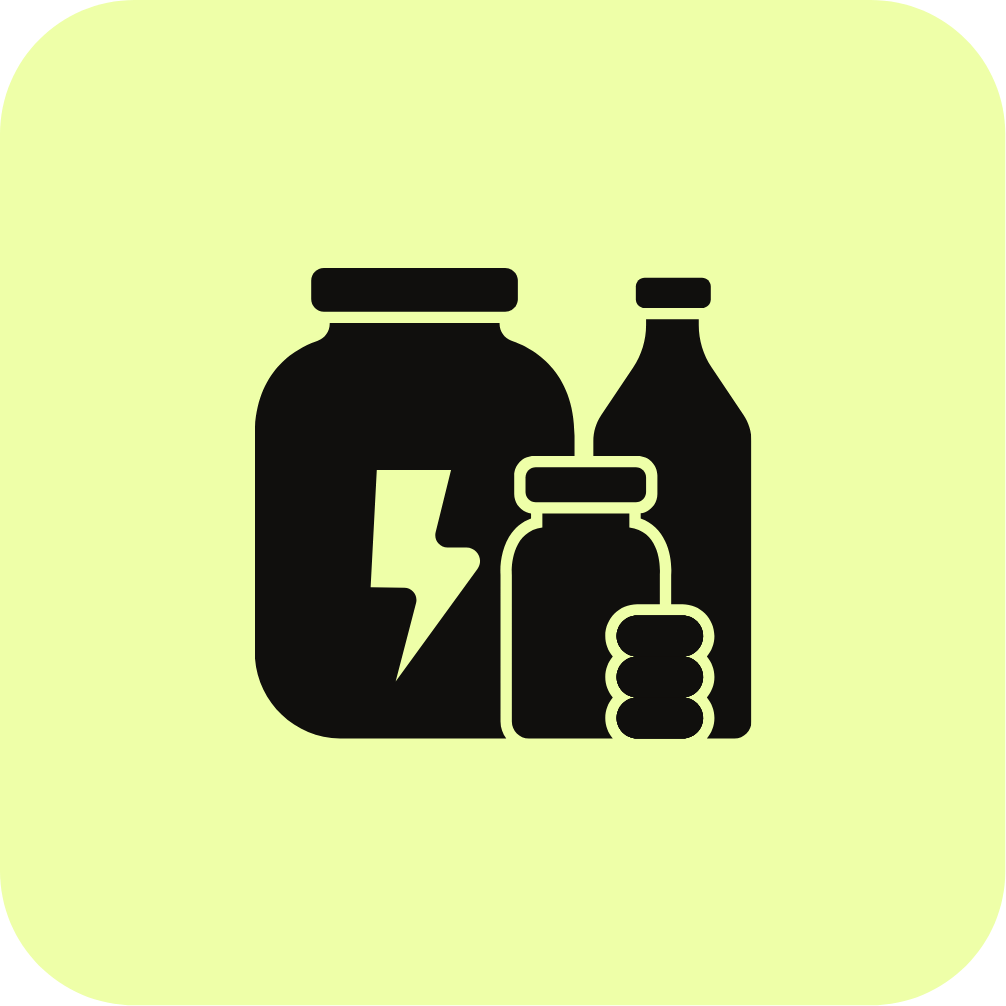
Build or enhance stability programs: Establish or update stability protocols, define time points and test parameters, and ensure expiry dates are backed by current data.
Phase 3: Verify Readiness and Maintain Compliance

Train staff and QAPs on Version 4.0 requirements: Deliver role-specific training for quality assurance personnel, production staff, and management on the new expectations. Document training completion and competency assessments.

Conduct internal audits and mock inspections: Perform readiness audits simulating Health Canada inspections, focusing on records, data integrity, and quality system governance. Address findings promptly.
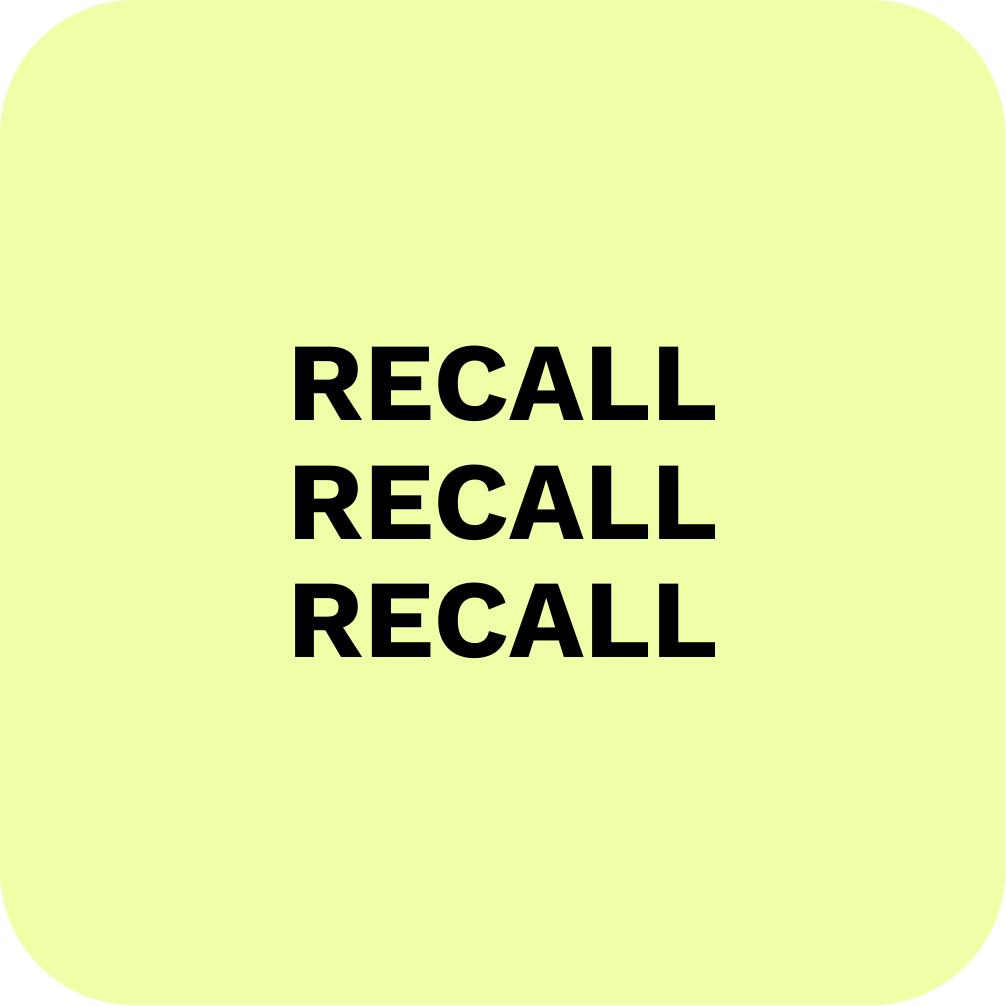
Test recall systems: Conduct a full mock recall to verify traceability, documentation, and responsiveness. Update procedures based on gaps identified.

Monitor and continually improve: Establish ongoing management review meetings and quality metrics to monitor the effectiveness of implemented changes and drive continuous improvement within the QMS.
Final Remarks
Version 4 of GUI-0158 modernizes Health Canada’s GMP expectations and makes them easier to navigate while raising the bar on quality system maturity. Companies that address the often-missed areas above will be better prepared for inspections and renewals through and after March 4, 2026.
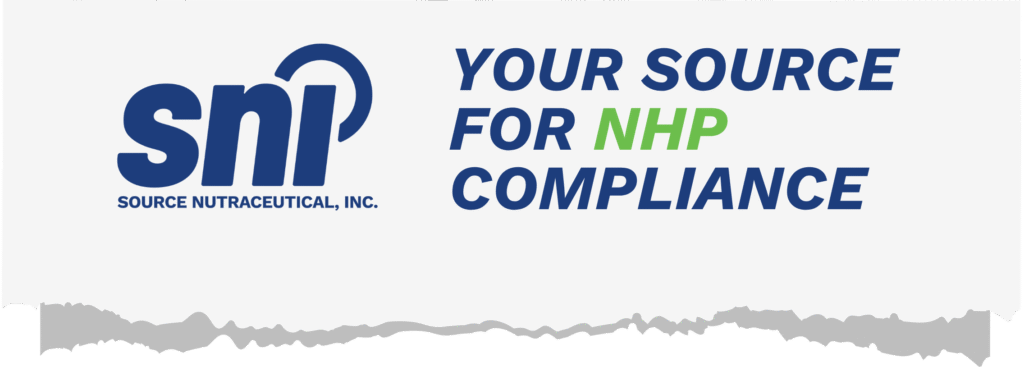
Want your natural health product to stand out (and sell) in Canada and beyond? Source Nutraceutical Inc. offers regulatory affairs, labelling and packaging compliance, quality assurance, and clinical trial services to give your product the competitive advantage. Reach out today to get started on a market entry plan tailored for your NHP.
💊 More about our services here.
💡 Compliance is easy with the right support!
📩 info@sourcenutra.com
⬇️ Send us a request for support or an introductory call
FAQ
What activities are covered under GMP in Version 4.0, and which require a site licence?
Version 4.0 clarifies that GMP under Part 3 of the Natural Health Products Regulations applies to manufacturing, packaging, labelling, importing, storing, distributing, testing, and holding a product licence. A site licence under Part 2 is specifically required for companies that manufacture, package, label, or import NHPs for sale. Storage and distribution by others also fall under GMP obligations, even if those entities do not hold a site licence, except for retail establishments that do not import or manufacture.
How do the new quality management and risk management requirements change obligations for senior management and QAPs?
Companies must now have a formal quality management system (QMS) that documents structure, roles, and responsibilities. Senior or executive management must be actively involved in quality governance, decision-making, and continual improvement, while risk management activities must be proportionate to the risks in their operations. Quality Assurance Persons (QAPs) now have expanded responsibilities for approving batches, overseeing documentation, managing deviations and CAPA, and ensuring data integrity.
What are the new expectations for foreign sites and importers?
Importers must ensure that all foreign sites involved in manufacturing, packaging, labelling, testing, or storage comply with Canadian GMP requirements. Acceptable evidence includes audit reports, quality agreements, and certificates from qualified authorities. A Foreign Site Reference Number (FSRN) can be used to streamline evidence submissions, but it is not a substitute for providing complete, current GMP evidence or for audits when required.
What are the minimum documentation, stability, and expiry date requirements introduced or clarified?
Companies must now have written stability protocols with specific test parameters, time points, acceptance criteria, and ongoing monitoring of stability data to support assigned shelf life and storage conditions. Finished product specifications must include identity, purity, potency, test methods, and tolerance limits, and all methods must be scientifically justified and validated. Batch records, master production documents, certificates of manufacture, translated records (if applicable), and record retention timelines are also reinforced.
What is the timeline for compliance, and how should companies manage the transition?
Version 4.0 comes into force on March 4, 2026, following a six-month transition period from September 4, 2025. Version 3 remains acceptable until the enforcement date. Companies should begin preparing now by conducting gap assessments, updating SOPs, validating equipment and electronic systems, training staff, performing mock recalls, and strengthening supplier oversight to ensure full compliance by March 4, 2026.
✷ The content on this website, including information presented in this post, is provided for general informational purposes only and does not constitute legal, regulatory, or professional advice. While efforts are made to ensure accuracy, laws and regulations vary by jurisdiction and may change over time. Readers should not rely on this information as a substitute for advice from qualified legal or regulatory professionals. We disclaim any liability for actions taken based on this content, and users are encouraged to seek guidance specific to their circumstances.

